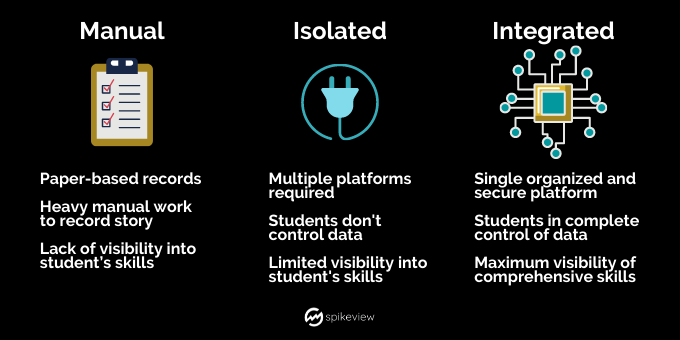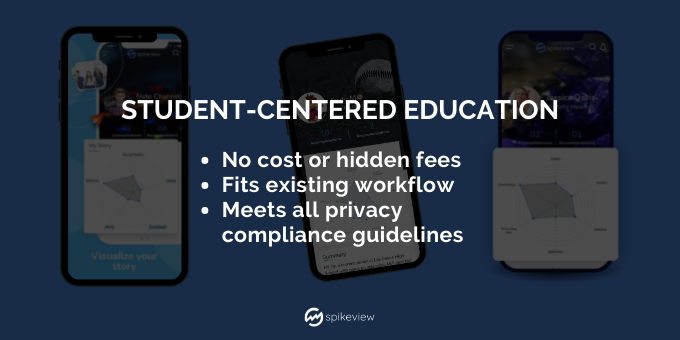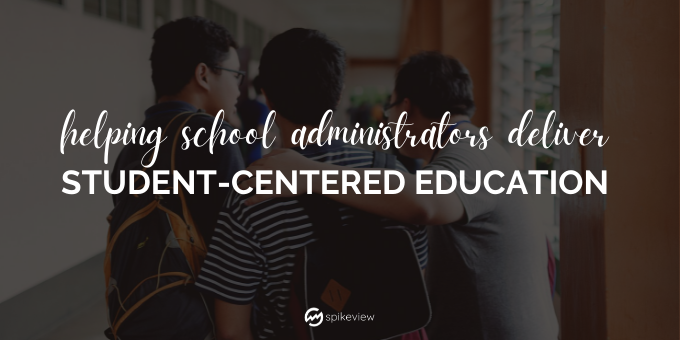Helping high school administrators deliver student-centered education
No two humans are completely alike – not even biological twins. One of the most rewarding aspects of being a mentor is helping a person figure out who they are and how to tell that story. It’s even more profound when the mentor is an educator helping a young student.
But empowering students to succeed in life after high school is easier said than done.
Educator’s Experience
“We’re scrambling! Students need personalized support and empowerment. We’ve got too many tools and not enough positive outcomes to show for it.”
Sound familiar? That’s an all-too-common sentiment in today’s high school administration offices.
For the last few decades, students only have grades and test scores to show for all those years of the learning journey. It’s hard work to prepare for a mentoring session with a student, regardless of the student’s status. Mentoring involves reviewing and reflecting on a mentee’s personal life, their interaction with peers, their reputation, and academic progress.
Traditional schoolwork should be just a fraction of the education process. A graduate’s profile is not complete without their personal voice.
Educator’s Expectations
The experience isn’t lining up with expectations. High school administrations rightly have lofty goals for their staff and students. Educators are expecting to address three key issues:
(1) Visibility – the correct information. Set goals for parents and students after high school. Administrators need to know what those goals are, and those references need to be accurate and visible to staff.
(2) Support – a trusted resource. Help students become self-empowered to differentiate themselves when pursuing work or college. Educators want to understand and monitor a student’s passions, accolades, and dreams.
(3) Exposure – building new relationships. Follow a process that gets students in front of the right work and academic opportunities. Regular updates for students about new opportunities, customized for each of them.
The current state is a long list of tools (forms, software, apps, etc.) that don’t really empower students at all. Hiring managers and university admissions offices routinely say high school students aren’t able to articulate what they’re all about and what they’d like to do with their life.
Helping students tell their story
The spikeview platform is helping students track their progress and tell personal stories. We’re partnered with hundreds of schools across the world, giving educators a way to do more in less time. Specifically, more quality mentoring without sacrificing other responsibilities.
The graphic below illustrates the need to shift from manual and isolated to integrated.

Manual and Isolated limits visibility of a student’s strengths and who they are as individual learners. Integrated is all about students owning and driving their learning journey. Integrated is student-centered learning and self-advocacy. It’s the educational north star.
That’s where the value of spikeview shines the brightest. It’s social emotional learning (SEL) in practice. The platform makes documenting and storytelling easy and fun for students, and it makes your role as advisor so much more efficient. Students are going to send you one link that opens a portal to their comprehensive journey – in and out of the classroom.

Send us an email at team@spikeview.com to schedule a demonstration. There is zero cost to schools and you won’t have to download any apps or software. We’re here to help you empower your students!

